Bringing Baby Home in Winter
If your baby is due to arrive during winter and you live here in Minnesota, you are likely starting to wonder if you will ever be able to leave your house again. Having a newborn during the coldest time of year in one of the coldest states, does pose some challenges for the parents. Questions such as how to dress your baby, how to protect them from cold and flu season, and what to do if a winter storm hits, are all factors you have to consider. However, with a little planning and some extra care and precautions, welcoming your baby into the world with a chill in the air and snow on the ground is nothing to worry about. Here are some tips for handling the most common challenges about bringing baby home in the winter.
How to Keep Baby Warm:
Dress your baby in layers. One to two more layers than you would need yourself should be enough to keep baby warm and cozy.
Be sure to cover your baby’s fingers, toes, head, ears and chin still allowing him room to breathe easily. Avoid hats and hoods with drawstrings as they may pose a risk for strangulation.
Babies who are 0-6 weeks of age should be kept indoors as much as possible when temperatures reach freezing or when temperatures above freezing are accompanied by wind and rain.
The National Safety Council recommends that all adults and children limit time spent outdoors when temperatures drop below 20 degrees Fahrenheit.
All babies should be kept indoors in extreme weather conditions with the exception of going to and from the car.
Never put blankets, buntings or thick jackets under the car seat straps. These could cause baby to slip out of the seat in the event of an accident. Blankets and special buntings designed for car seats can be placed over your baby once he is buckled in.
Consider heating up the car before bringing your baby out.
Be sure to remove outer layers as soon as you bring your baby back indoors to prevent overheating.
Consider getting a sheepskin stroller liner or a water repellent stroller cover for walks outside in moderate winter weather.
Practice safe sleep habits even in the winter. It is never a good idea to put blankets or other soft objects in baby’s crib that may pose a suffocation risk. Instead, consider putting a onesie under your baby’s swaddle, coverall, or wearable blanket and keep his sleep environment at a comfortable temperature. You can also choose a warm, tightly fitted, flannel sheet for the crib to make it cozier in the winter.
Protecting Baby’s Skin
Use a humidifier whenever the heat is turned on to prevent drying of the skin. Never place the humidifier too close to your baby’s sleep space.
Limit baths to 2-3 times per week for 10 minutes each time. Infants do not need daily baths and bathing too frequently can lead to drying out their sensitive skin.
Apply moisturizing cream or petroleum jelly to dry or chapped skin. Be sure to wait till baby is over 1 month of age before using any creams or lotions and to only choose moisturizers that are dye and perfume free.
Babies may be prone to heat rash from over-bundling and eczema from the dry air during the winter. Should either of these skin conditions develop, dress your baby in lightweight, loose fitting clothing when indoors and avoid overheating. Contact your pediatrician for further guidance on treating eczema and heat rash.
Protecting Baby from Illness:
With the winter, comes cold and flu season. To protect your little one from germs:
Avoid contact with sick friends and family
Wash your hands regularly
Get your flu shot
Have your baby get his flu shot if he is over the age of 6 months
Limit exposure to extreme weather
Bundle baby appropriately
Know the signs of infant hypothermia. If your baby has had prolonged exposure to extreme temperatures and has developed bright-red skin, is cold to the touch and has low energy or a lack of appetite, call 911 immediately.
Read your baby’s cues. If your baby appears uncomfortable, fussy, cold to the touch, or pale, take him inside as soon as possible to get warmed up.
Preparing for Winter Storms:
Keep a full tank of gas to prevent fuel from freezing.
Avoid taking baby out of the house except when absolutely necessary.
Stock up on groceries and other household necessities ahead of time.
Avoid all unnecessary travel.
Via thirdeyemom.com
Although delivering your baby during a Minnesota winter may present a few challenges, with a little forethought and planning you and your snow bunny will be ready to tackle the elements from the warmth of your home. It’s important to remember that babies do not have the ability to regulate their own body temperature like adults and rely on their parents and caregivers to keep them comfortable and appropriately bundled. As long as the temperature does not drop below freezing and your baby is over 6 weeks of age, a little fresh air with the right winter gear is perfectly fine. For other questions related to bringing home your new baby or any and all pregnancy-related inquiries, contact Health Foundations for a free consultation with a midwife and a tour of our beautiful Birth Center.
